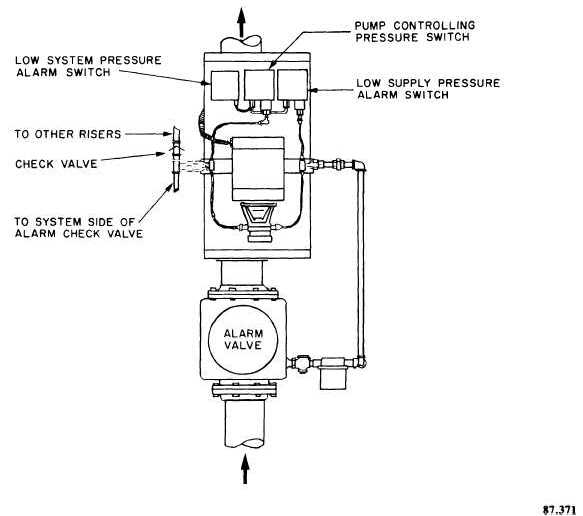
Figure 8-23. - Fixed pressure water-flow detector with pump.
The electronic pressure drop detector is often used in sprinkler systems that must maintain a high excess system pressure over supply pressure that would delay actuation of a vane type of water-flow detector. It is normally mounted to the riser pipe with a flexible hose connection to the system side of the check valve. This device requires a pressure drop of 5 to 20 ounces per square inch continuing over a period of at least 3 seconds to signal an alarm. A pressure drop at a slower rate or of a shorter duration causes no alarm. A slow pressure drop to 15 psi or less causes a trouble signal indicating a system leak and low supply pressure. Pressure increases do not cause an alarm, but an over pressure condition (200psi) causes a trouble signal. Trouble signals will also be initiated when the detector's cover is opened, supply voltage is outside normal ranges, and an internal circuit fails, interfering with detector function.
Supervisory Alarm Initiating Devices
Supervisory alarm initiating devices cause a signal at the supervisory control unit and/or remote receiver when an abnormal fire protection system condition occurs. In general, supervised valves are never closed unless a sprinkler system requires maintenance. Valves that control water flow to a water-flow detector or valves in a sprinkler header room or fire pump room that are normally closed may be supervised. Supervisory devices for normally open valves signal when the valve is closed no more than two turns or 20 percent of its total travel. Supervisory devices for normally closed valves signal when the valve is
Continue Reading